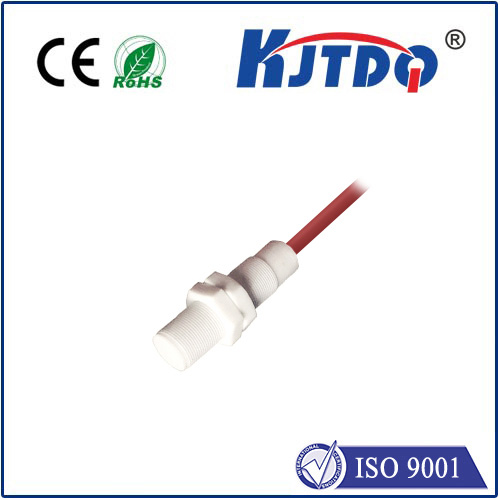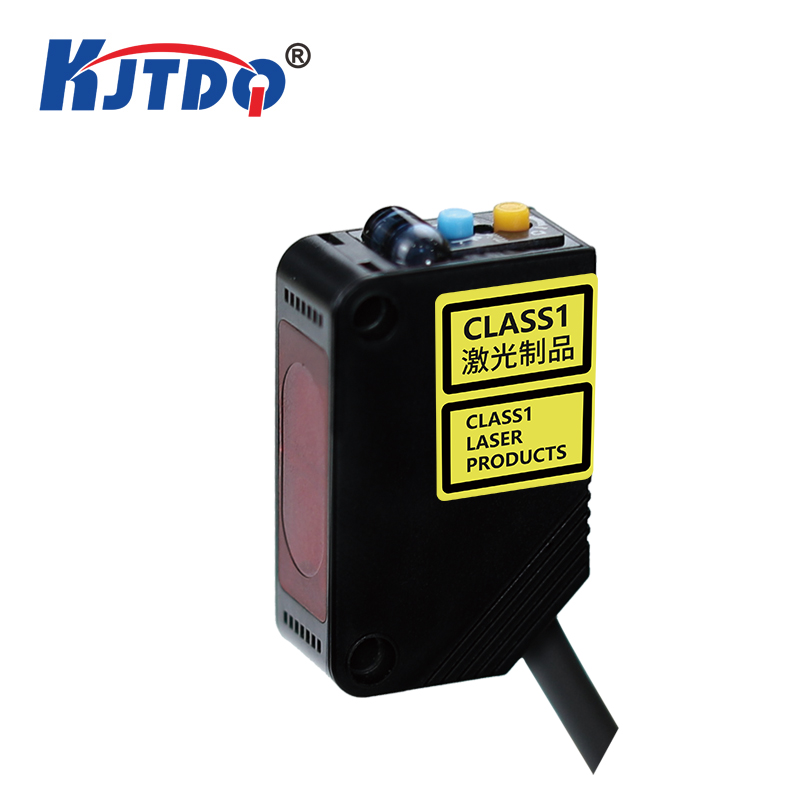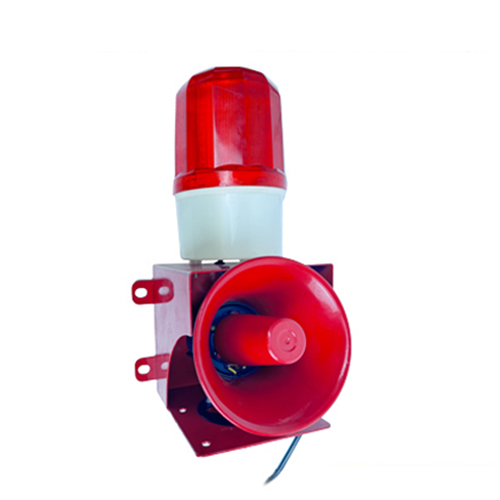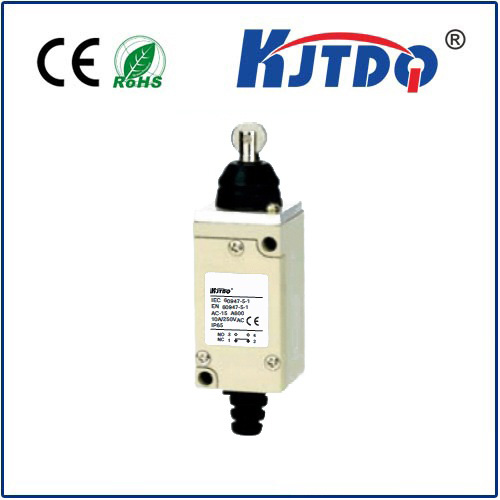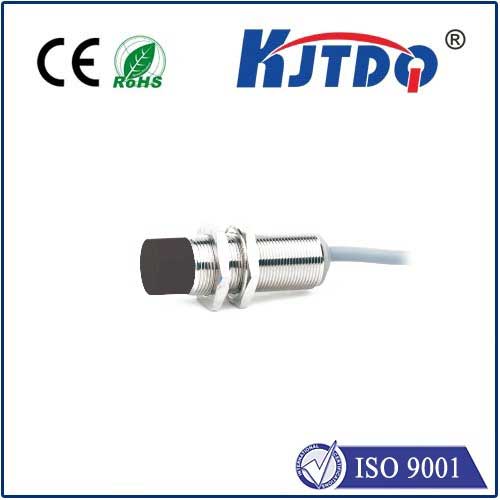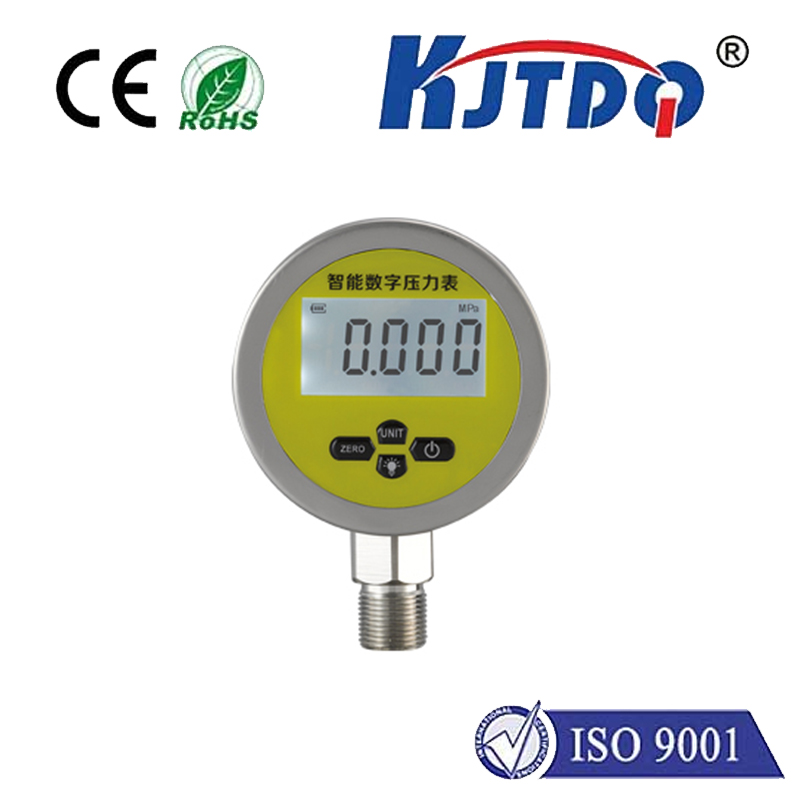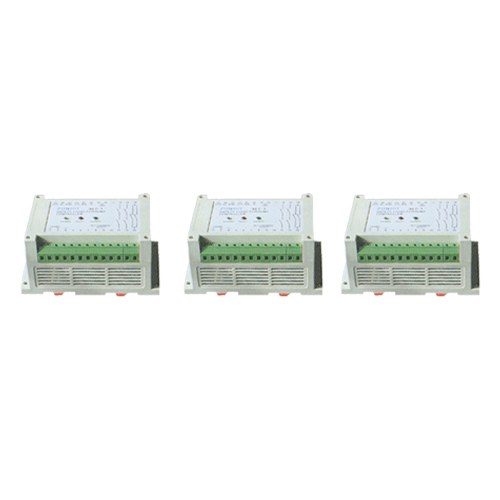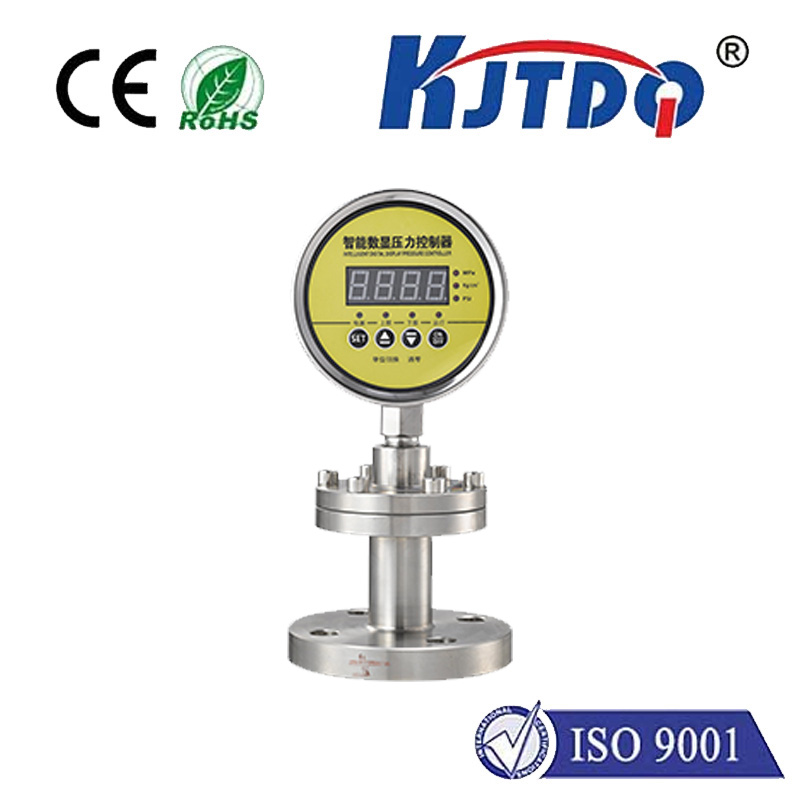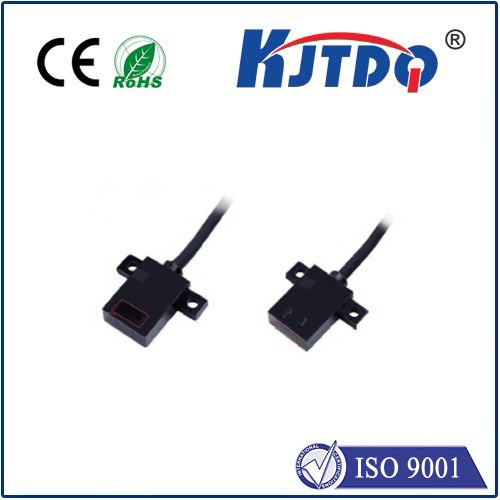

check

check

check

check
The satisfying click of an arcade button mid-combo, the precise confirmation flick of a high-end joystick, the reliable trigger on industrial equipment – often, the magic behind these moments lies in a deceptively simple component: the whisker switch. Far from being just another microswitch, the whisker switch’s unique design delivers unparalleled tactile feedback and durability in applications demanding split-second accuracy and unwavering reliability. While its name might evoke images of feline sensors, its functionality is pure engineering elegance, making it a cornerstone where performance can’t afford to falter.
So, what exactly is a whisker switch? At its core, it’s a type of microswitch, a small, fast-acting electric switch. Its defining characteristic is its actuator – a slender, flexible metal lever resembling a whisker. This lever extends outwards from the switch body and is designed to be deflected by external force. Unlike bulky plunger actuators, the whisker lever offers minimal resistance initially, requiring only a light touch to begin its travel. However, as the lever moves, it engages the switch’s internal mechanism with a distinct, crisp tactile feedback point – that satisfying click or snap – before resetting cleanly once pressure is released. This clear actuation point is critical.
Why is this tactile feedback so crucial? Precision control relies heavily on confirmation. In fast-paced environments, whether a competitive gaming session or a high-stakes manufacturing process, operators need to know, without visual confirmation, the exact moment a command has been registered. The whisker switch provides this instant physical confirmation through its sharp actuation point. This tactile feedback enhances reaction times and reduces errors caused by uncertainty. Did the button press register? The distinct click leaves no doubt. This feature is invaluable in applications like:
Beyond the click: Key advantages defining whisker switches.

The Whisker Lever: More Than Just a Shape
While the name focuses on the actuator, the whisker lever plays a multi-functional role. Its length and flexibility directly influence the tactile feel and the force required for actuation. A longer, thinner lever generally requires lighter force but offers more travel before actuation. A shorter, stiffer lever yields a firmer feel with potentially faster actuation. The lever material itself contributes to fatigue resistance and longevity. Manufacturers meticulously engineer these levers to achieve the desired operational characteristics for diverse applications, ensuring the whisker switch performs consistently over its lifespan.
Choosing the Right Whisker Switch
Selecting the optimal whisker microswitch involves considering several factors:
Understanding these parameters ensures the chosen whisker switch delivers optimal performance and reliability for its intended task. Reputable manufacturers provide detailed datasheets outlining these specifications.
The Silent Performer
Walk past an arcade cabinet buzzing with activity, observe a high-speed packaging line, or feel the satisfying click of a custom-built controller. Chances are, somewhere within that complex interaction, a whisker switch is performing its duty with quiet, reliable precision. Its unique combination of tactile feedback, durability, and versatile design makes it far more than just a simple electrical component. It’s a critical interface element where the physical sensation of control directly translates into performance, safety, and user satisfaction. In the realm of microswitches, the unassuming whisker switch stands out, proving that sometimes, the most effective solutions are elegantly simple and undeniably tactile. Its distinctive snap isn’t just sound; it’s the confirmation of a command executed flawlessly, the hallmark of precise engineering meeting human interaction.
